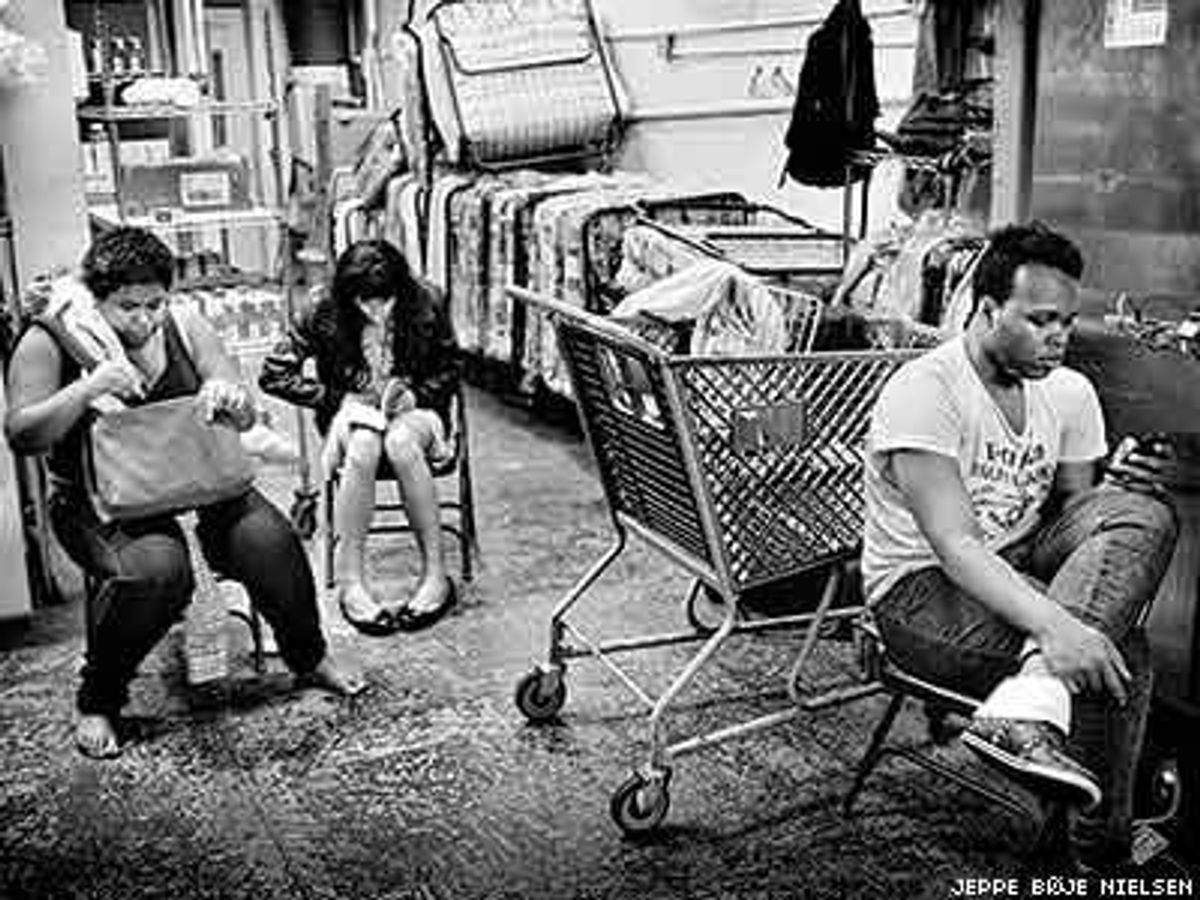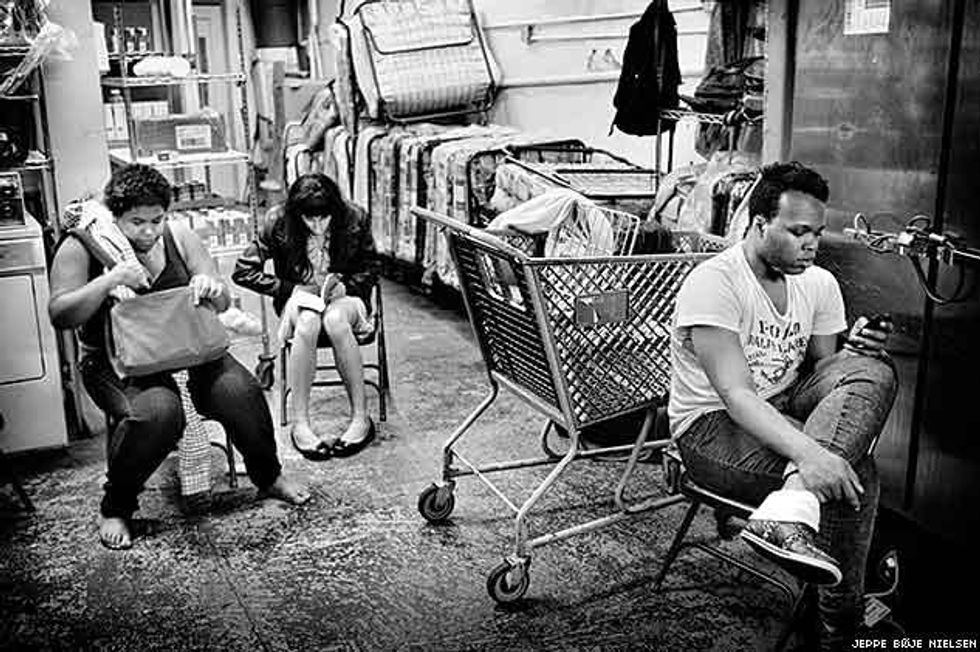
Did this study on free public transportation's effects on LGBT homeless youth get in its own way -- and prevent good policy?
May 20 2015 4:00 AM EST
November 17 2015 5:28 AM EST
By continuing to use our site, you agree to our Private Policy and Terms of Use.


There is a crisis facing the LGBT communities, as pressing as teen suicide, as complicated as substance abuse, and as critical to our collective futures as the fight to end HIV, and it is intrinsically bound up in all three. Homelessness among LGBT youth has become endemic in the United States, and if we don't act soon the ramifications will haunt queer communities for generations.
The number of LGBT youth living on the streets is staggering. The Williams Institute put out a report several years ago that estimated a full 40% of all homeless youth are LGBT. This figure is widely agreed upon, but as Mark Erwin, director of community development at the Ruth Ellis Center, near Detroit, says, "...no one truly knows how many LGBTQ youth are experiencing homelessness for two important reasons: Youth may not identify as homeless, or want you to know, even if they qualify under HUD's definitions, or youth may not disclose their sexual orientation or gender identity."
But the exact number is almost irrelevant. LGBT individuals make up somewhere between 4% and 10% of the national population; even if only 20% of homeless youth were queer, the number would still be hugely disproportional to the general population.
We have a moral obligation to rescue our queer siblings from this dangerous situation, coupled with the practical consideration that the longer these kids are on the streets, the more likely they will have been exposed to drugs, crime, and HIV.
So when I came across an article in the Edmonton Journal with the nerdishly intriguing title "Giving Homeless Youths Transit Passes Brings Stability to Their Lives, Study Finds," my interest was piqued. And while "Routes to Homes," the study cited, did shed some light on the interplay between homelessness and access to transportation, it wasn't as rigorous or elegant as it could have been -- and its usefulness suffers as a result.
The study sought to assess the impact of public-transit assistance on the lives of homeless youth. It took 40 young people (ages 15 to 22) without stable or consistent housing situations and randomly assigned them into one of two groups, with the first receiving monthly bus passes and the second an allotment of bus tickets.
At the beginning and the conclusion of the study, participants answered questionnaires detailing demographic information as well as "questions on previous housing and services, and involvement with transit and city police; and, completed a short exploratory survey" dealing with the participants' perception of their own support systems, support seeking, community belonging, and safety. In addition, those participants who completed the study participated in group interviews that focused on the intervention's perceived impact, participant satisfaction, and recommended changes to the program.
The study's authors conclude that the impact of free access to mass transit on these youth was "overwhelmingly positive" and that the results "indicate that transportation is a critical component of an integrated program to move street youth towards homes and employment."
But how critical a component? How much benefit did the participants gain from the training program? How much good would the passes have done by themselves? The study indicates that receiving counseling, etiquette training, and free access to public transit improved the lives of several homeless kids living in Canada, but not a lot beyond that. Its structure robs us of the ability to make any kind of serious cost-benefit analysis beyond noting that monthly passes are marginally better for homeless kids than bus tickets.
The authors of "Routes to Homes" freely admit that their study faced a number of limitations, most notably that it was a small study with limited funds and retention -- 40% of the initial participants didn't complete the final survey or attend the group exit interview despite the $20 awaiting them upon completion.
A control group composed of individuals randomly selected to receive neither transit assistance nor public transportation skills and etiquette training would have benefited the study by giving a baseline of success to measure the other two groups against, without significantly increasing the cost of the program. And less involvement from the Community Advisory Committee would probably have benefited the study's general applicability as well.
But for all its shortcomings, "Routes to Homes" presents a tantalizing possibility; a more rigorously designed study, properly focused, and adequately funded -- could go a long way toward ending the shameful epidemic of homelessness facing the most vulnerable members of our communities.
Want more breaking equality news & trending entertainment stories?
Check out our NEW 24/7 streaming service: the Advocate Channel!
Download the Advocate Channel App for your mobile phone and your favorite streaming device!

